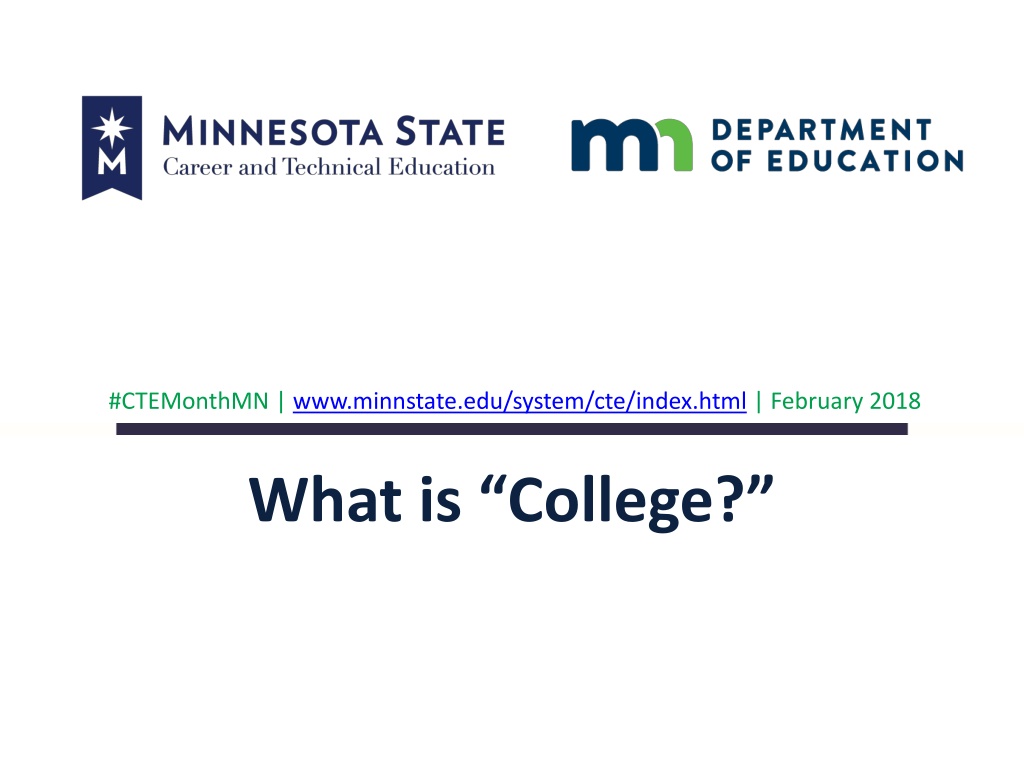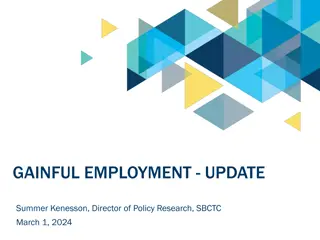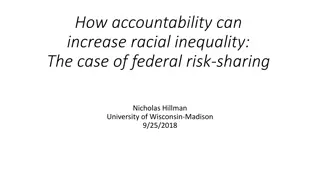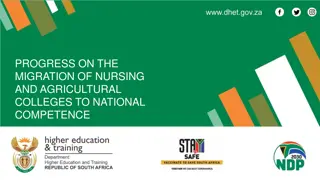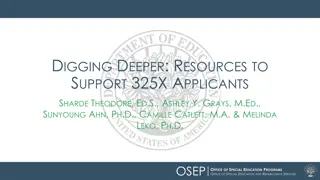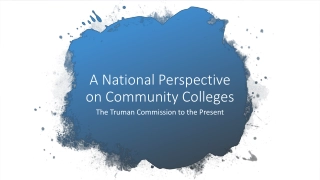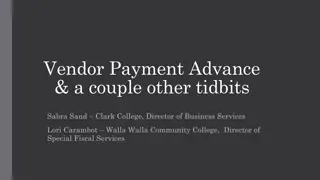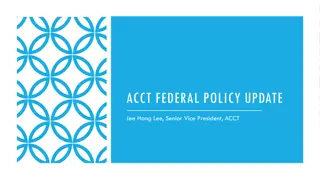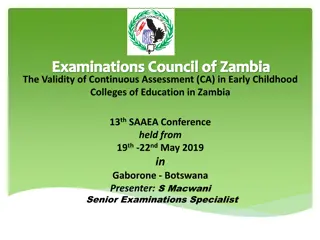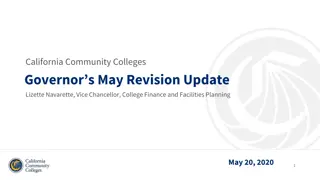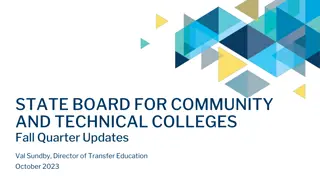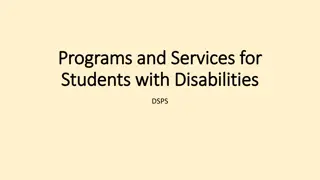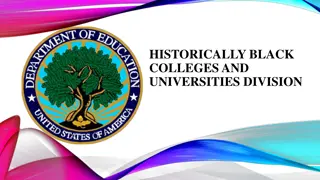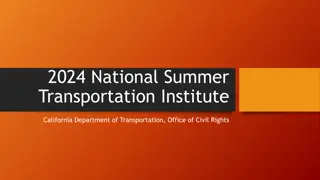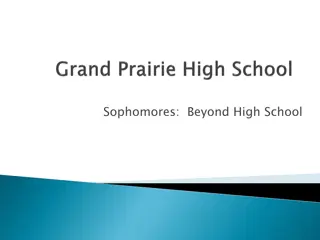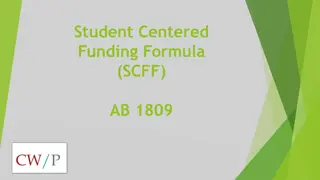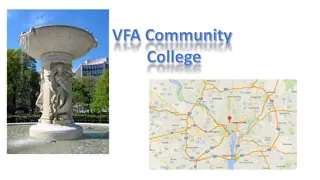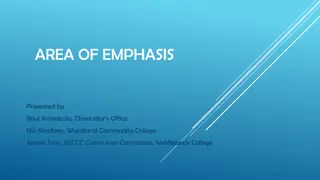Explore Different Types of Colleges and Programs for Your Future
Learn about the various types of colleges and programs available after high school, including community colleges, technical colleges, and universities. Discover different degree options, transfer plans, and examples of institutions where you can pursue your education and career goals.
Download Presentation

Please find below an Image/Link to download the presentation.
The content on the website is provided AS IS for your information and personal use only. It may not be sold, licensed, or shared on other websites without obtaining consent from the author. Download presentation by click this link. If you encounter any issues during the download, it is possible that the publisher has removed the file from their server.
E N D
Presentation Transcript
#CTEMonthMN | www.minnstate.edu/system/cte/index.html | February 2018 What is College?
Most MN High School Grads Go to College 69% of public high school graduates went to a postsecondary institution the following fall. Source: MN Office of Higher Education 3
I want to go to college. 5 Image: www.baskinrobbins.com
Types of Colleges Community College Technical College Community and Technical College University Type of Degree and/or Transfer Plans Determine Your Starting Point 6
2-year programs Associate Degrees (AS, AA) Start Bachelor s degree General Education courses Examples: Rainy River Community College North Hennepin Community College Normandale Community College Community College 7
1-2 year programs Diplomas, Certificates and Associate Degrees (AAS) Specific knowledge and skills leading to specific career Construction Electrician IT Management Technical Colleges Examples: Northwest Technical College Dakota County Technical College Anoka Technical College 8
Both technical and community college courses and programs Start Bachelor s degree -or- Learn skills for specific career Examples: Minnesota West Community & Technical College Fond du Lac Tribal & Community College Century College Combined Community & Technical Colleges 9
Graduate and undergraduate programs Courses and programs leading to: Bachelor s degree Master s degree Other advanced degrees Examples: St. Cloud State University Metropolitan State University Minnesota State University, Mankato University 10
College Diploma 2- or 4-year Degree Postsecondary Credentials Certificate Licensure Apprenticeship Military Programs 11
Types of Degrees Associate of Applied Science (AAS) Associate of Arts (AA) Associate of Science (AS) 2-year program Technical College May enter career after grad General and technical courses Ex: 3D Animation, Welding 2-year program Combined & Community Colleges Transfer to Bachelor s General and liberal arts courses Ex: Psychology 2-year program Community College Transfer to Bachelor s General and sciences courses Ex: Engineering, Biology Source: www.collegeatlas.org 12
Types of Degrees Post- Bachelor of Science (B.S.) Bachelor of Arts (B.A.) Baccalaureate Certificate Less than 1 year University Must have Bachelor s Specific academic or career courses Ex: Design for E-Learning 4-year program College or University Pre-requisite for graduate degree Career-specific and technical majors Ex: Nursing, IT, Media Studies 4-year program College or University Pre-requisite for graduate degree Liberal arts majors Ex: English, Sociology, History Sources: www.collegeatlas.org; http://college.usatoday.com 13
Types of Degrees Professional Degree (J.D., M.D., D.D.S) Master s Degree (M.A. or M.S) Doctorate Degree (Ph.D.) 2-year graduate program University Research project/Thesis paper to graduate MA is social sciences MS in sciences or technical fields 2-4 year graduate program University Dissertation to graduate Earn title of Doctor 1-3 year graduate program University Required degree for medical doctor, dentist, veterinarian, lawyer Source: www.collegeatlas.org 14
Stackable Credentials Professional Degree (2 years +) Doctorate Degree (2 years +) Master s Degree (2 years+) Post- Baccalaureate Certificate (varies) Bachelor s Degree (4 years +) Work While in School Associate s Degree (2 years) Diplomas & Certificates (1-2 years) Work Work While in School Series of ascending degrees and formal training that allow someone to work in a chosen field as they progress to higher skilled occupations. 15
Transfer 25% of community college student transfer to a 4-year college within 5 years 37.2% of U.S. college students transfer at least once within 6 years 41% of all new students at Minnesota State universities are transfer students Half of new Minnesota State university students transfer from community and technical colleges 62% of students who transferred from community college to 4-year college earn a bachelor s degree Sources: www.insidehighered.com/quicktakes/2015/07/08/more-third-college-students-transfer; https://ccrc.tc.columbia.edu/media/k2/attachments/what-we-know-about-transfer.pdf 16
Minnesota State Colleges & Universities 30 Colleges 7 Universities 54 Campuses in 47 Minnesota communities 3,700 academic programs (online and on campus ) 396,000 students each year http://minnstate.edu/colleges/campuses.html 17
Minnesota State Colleges & Universities 18 http://minnstate.edu/colleges/campuses.html
Discussion What are the two most important things for you in choosing a college? What is confusing about choosing a college? 19
30 East 7th Street, Suite 350 St. Paul, MN 55101-7804 Denise Felder, Director of CTE Professional Development 1500 Highway 36 West Roseville, MN 55113 April Schnell, Career Development Specialist www.education.state.mn.us/MDE/dse/cte www.minnstate.edu/system/cte MINNESOTA STATE AND MINNESOTA DEPARTMENT OF EDUCATION ARE AFFIRMATIVE ACTION, EQUAL OPPORTUNITY EMPLOYERS AND EDUCATORS. 20
